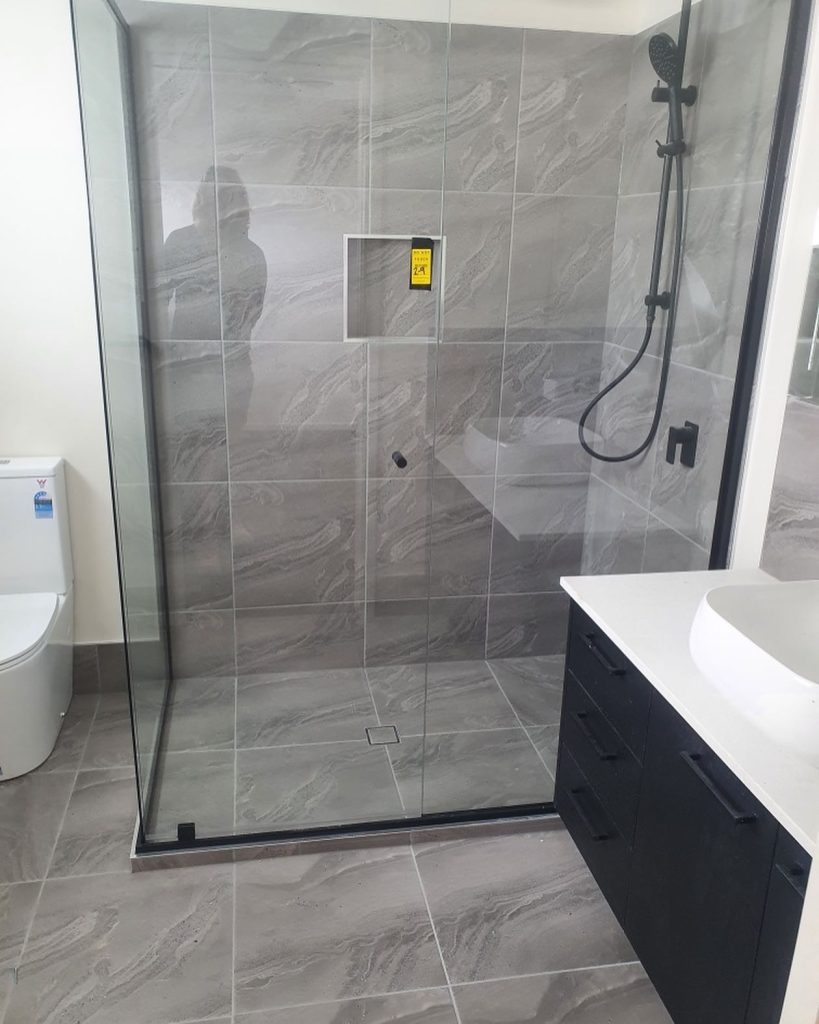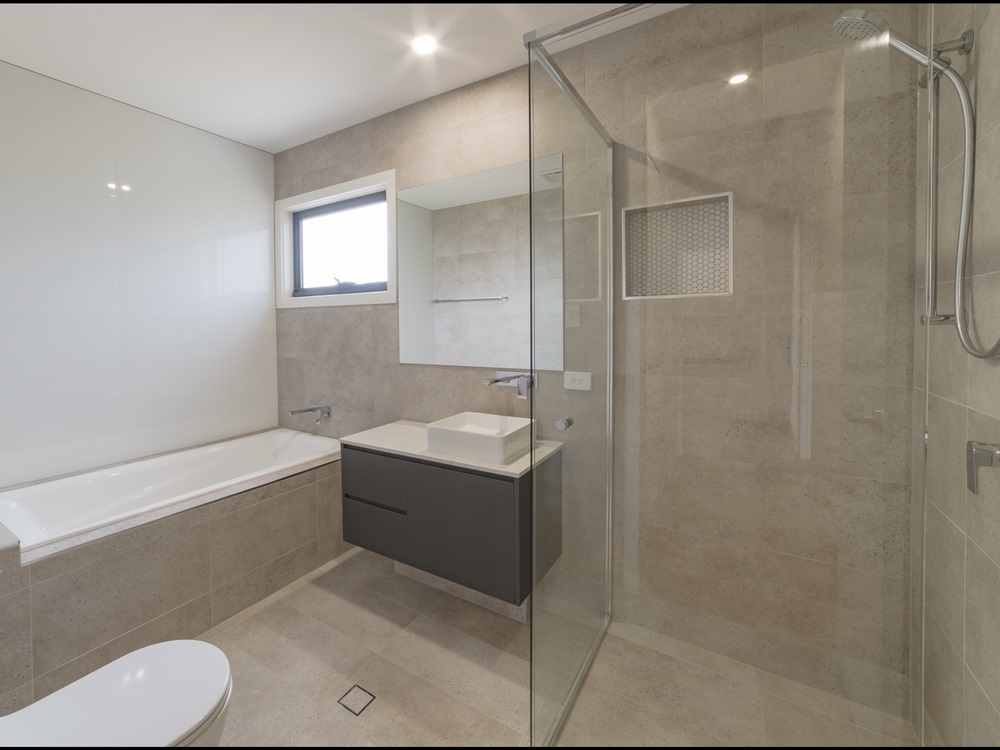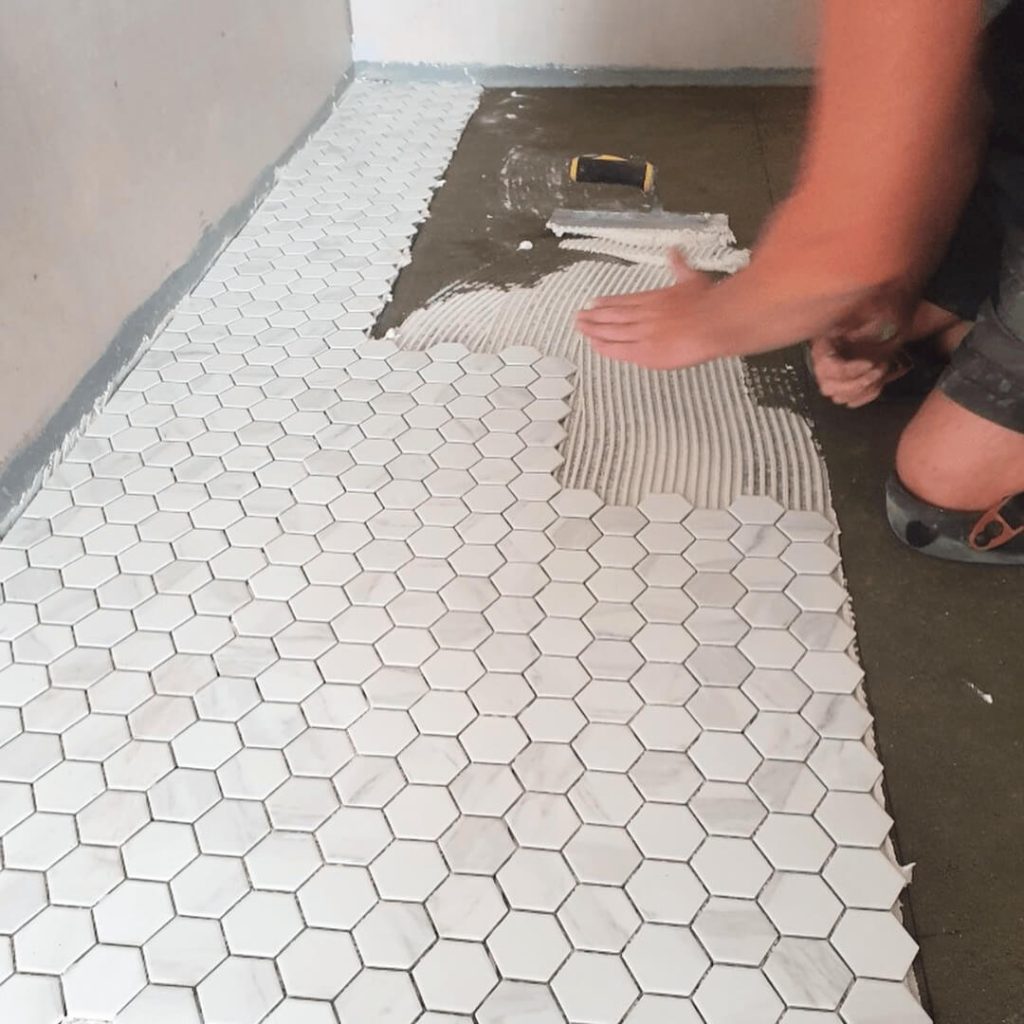Essential Guidelines for Choosing Ideal Bathroom Tiles: Prioritise porcelain tiles as your prime selection for flooring. Assess the suitable thickness of tiles for both wall and floor applications, ensuring consistent batches for optimal colour alignment. Review slip ratings to ensure safety in your bathroom, and strategically allocate funds for feature areas in your overall design.
Utilise high-quality tiles to create an impressive visual statement, while opting for standard-sized tiles to keep installation expenses under control.
The journey of selecting tiles for a bathroom renovation can be overwhelming, given the multitude of options available. Many tiles appear similar in colours like white, beige, and grey, complicating the decision-making process, especially when faced with diverse price points.
By gaining insight into the factors that affect tile pricing, you empower yourself to make informed choices that minimise costly mistakes, conserve your budget, and achieve a sophisticated finish that reflects your unique style and preferences.
This comprehensive guide serves as a resource for Brisbane homeowners, providing essential knowledge for making informed, budget-conscious decisions when it comes to choosing bathroom tiles.

Key Considerations That Affect Tile Pricing: An In-Depth Analysis
Assessing Material Composition for Superior Durability
<a href=”https://writebuff.com/choosing-the-perfect-tiles-for-your-new-bathroom-guide/”>Porcelain tiles</a> are highly regarded for their remarkable density, lower porosity, and outstanding durability when compared to traditional ceramic tiles. These tiles are produced from finer clay types and are fired at higher temperatures, which results in enhanced strength that often reflects in their increased price.
In bathroom environments, where moisture exposure and longevity are critical, opting for porcelain tiles is frequently a wise decision. However, it is essential to note that ceramic tiles have significantly improved over the years, providing cost-effective alternatives suitable for walls and areas with lighter foot traffic.
The Role of Tile Manufacturing Techniques in Quality and Cost
The overall quality of tiles is determined by various factors beyond their material composition; the manufacturing techniques also play a vital role in shaping their attributes.
Single-fired tiles are generally more affordable but may display inconsistent quality across different batches. In contrast, double-fired tiles offer richer finishes, a broader spectrum of vibrant colours, and enhanced durability, making them an excellent investment for discerning homeowners aiming for high-quality renovations.
Tiles featuring rectified edges are meticulously cut using advanced machinery to guarantee uniform dimensions and shapes. Although these tiles typically come at a premium price, they enable tighter grout lines, resulting in a seamless and modern aesthetic that is highly desirable in contemporary bathroom designs.
Understanding the Significance of Tile Thickness for Structural Integrity
When selecting tiles, it is crucial to recognise that tiles intended for flooring must be thicker and more robust than those designed for wall applications.
For instance, wall tiles usually range in thickness from 6 to 8mm, while floor tiles tend to measure between 8 and 12mm.
- Wall tiles generally measure between 6–8mm thick.
- Floor tiles typically range from 8–12mm thick.
Choosing thick, heavy-duty tiles when only wall coverage is required can impose unnecessary financial pressure. Therefore, aligning tile thickness with the intended installation area is essential for optimising your budget effectively.
Navigating Brand Reputation and Quality in Tile Selection
The branding dynamics within the tile industry can often lead to inflated prices without a corresponding enhancement in quality.
Well-known European brands like Porcelanosa and Marazzi often command premium pricing based on their established reputations, rather than actual quality.
Homeowners in Brisbane should focus on evaluating the true quality of materials, the firing processes used, and slip resistance ratings, rather than placing excessive importance on brand names during their tile selection journey.

Effective Strategies for Maximising Your Tile Budget
By making considered and informed choices, you can achieve an elegant bathroom look without exceeding your financial constraints. Below are practical strategies to optimise your tile spending.
Blend Premium and Standard Tiles:
Incorporate high-end feature tiles on a prominent wall or within a specific niche, while using more economical tiles in less visible areas, thus ensuring a balance between luxury and affordability.
Choose Larger Format Tiles:
Larger tiles, such as those measuring 600x600mm, cover more surface area with fewer grout lines, creating a sense of spaciousness in smaller bathrooms while also reducing installation labour costs.
Stick to Standard Sizes:
Selecting non-standard tile sizes can significantly increase both purchase and installation expenses. Opting for standard sizes will ensure maximum savings and efficiency.
Take Advantage of Clearance or End-of-Run Stock:
High-quality tiles can often be found at discounted prices towards the end of production runs. Purchasing discontinued tiles can lead to significant savings; however, ensure you acquire an additional 10–15% for future maintenance needs.
Prioritise Durable Tiles for Floors and High-Traffic Areas:
Allocate a larger portion of your budget towards tiles designed for flooring and wet zones, where durability is crucial, while selecting more affordable options in dry or low-traffic areas to enhance overall value.
Recognising Quality Differences in Bathroom Tiles
Although many bathroom tiles may appear similar at first glance, significant differences exist beneath the surface, which can dramatically impact the results of your renovation.
Shade Consistency:
Inexpensive tiles often show inconsistencies in colour across production batches. Always check batch numbers before making a purchase to avoid mismatches that could detract from the visual appeal of your space.
Glazing Quality:
Lower-quality glazes can chip and stain more readily. High-quality glazes are resistant to scratching and absorb less moisture, which is especially important in wet areas such as showers.
Porosity Levels:
Tiles with high porosity can lead to water ingress and cracking over time, a common issue associated with lower-cost ceramics. Ensuring low porosity is essential to maintain the integrity of your bathroom.
Slip Resistance Ratings:
Bathroom floor tiles should meet or exceed an R10 slip resistance rating according to Australian standards to ensure safety in wet conditions and reduce the risk of accidents.
Neglecting to assess these factors could turn what seems like a straightforward tile selection into a costly repair and replacement situation.
Understanding the Financial Consequences of Grout Selection in Your Bathroom
While the selection of tiles establishes the overall aesthetic for your bathroom, the choice of grout is equally crucial, as it significantly impacts durability, visual appeal, and maintenance requirements.
Comparing Grout Costs and Material Choices for Your Bathroom
Standard Budget Grout:
Traditional cement-based grouts are economical and suitable for low-moisture areas. However, they are porous and may discolour or crack over time, especially in showers and high-traffic bathrooms.
Premium Grout Options:
Epoxy-based grouts or those enhanced with polymers resist stains, cracking, and moisture absorption. Although their initial investment is higher, they often yield long-term savings by minimising maintenance and repair needs.
Premium grout options also offer vibrant, enduring colours that maintain their brilliance even with daily usage.
The Influence of Tile Size on Grout Costs in Your Renovation
Smaller tiles require a larger volume of grout, affecting both material and labour costs significantly.
- Mosaic and small-format tiles necessitate considerably more grout, both in terms of volume and labour during installation.
- Large-format tiles (600x600mm or larger) reduce grout lines, leading to lower material and labour costs.
If you choose smaller tiles for aesthetic reasons (such as penny rounds or subway patterns), ensure to budget for premium grout. The visibility of grout lines increases the necessity of using a durable, stain-resistant product to maintain the integrity of your design.

Comprehensive Tile Buying Checklist for Bathroom Renovations
- Prioritise porcelain tiles for floors and moisture-prone areas to ensure exceptional durability.
- Select ceramic tiles for wall applications where appropriate to balance cost and functionality.
- Confirm tile thickness based on the intended installation area to ensure suitability and performance.
- Verify batch consistency to avoid colour mismatches that could disrupt your design's cohesion.
- Check slip ratings, especially for bathroom flooring, to ensure safety and prevent accidents.
- Invest in higher-quality tiles for floors and splash zones to achieve lasting results.
- Be strategic: allocate your budget wisely, splurging on areas that create the most visual impact.
We invite you to reach out for more innovative tiling ideas that can assist in keeping your bathroom renovation within budget while achieving a stylish and functional space.
The Article: Tile Selection to Maintain Your Bathroom Renovation Budget first appeared on https://writebuff.com
The Article Tile Selection for Budget-Friendly Bathroom Renovations Was Found On https://limitsofstrategy.com
The Article Budget-Friendly Bathroom Renovations: Tile Selection Tips found first on https://electroquench.com

